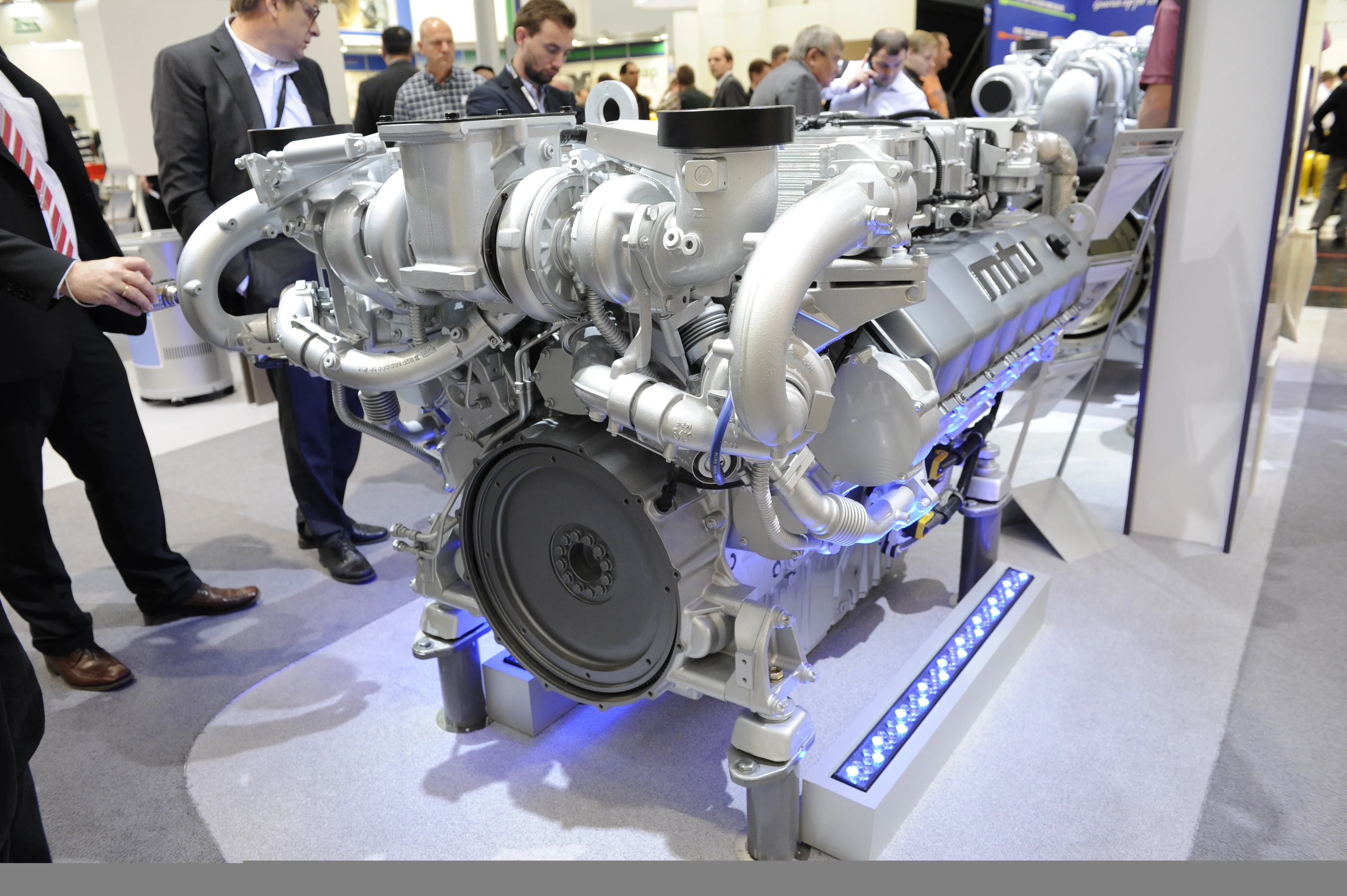Cat has added three new models of wheeled loader to its range, badged 924K, 930K and 938K.
All share the same basic architecture, differing in wheelbase, axles, machine width and bucket capacities – the latter extend from 1.9-5.0 cubic metres. The biggest change over the H-series models they replace is an all-new cab, offering a massive improvement in ergonomics and comfort. A wider, deeper front windscreen, climate control, seat-mounted joysticks and an ultra-low in-cab noise level of 66dB(a) are among i
April 20, 2012
Read time: 2 mins

All share the same basic architecture, differing in wheelbase, axles, machine width and bucket capacities – the latter extend from 1.9-5.0 cubic metres.
The biggest change over the H-series models they replace is an all-new cab, offering a massive improvement in ergonomics and comfort. A wider, deeper front windscreen, climate control, seat-mounted joysticks and an ultra-low in-cab noise level of 66dB(a) are among its features.
“Only the headlights and the bucket’s cutting edge remain unchanged from the out-going H-series,” said Cat’s wheeled loader specialist Dominic Bunting.
Bunting said the traditional torque converter powershift transmission on loaders of this size had been sidelined in favour of a more sophisticated electronically controlled, four-speed Hystat transmission. It brought greater efficiency and controllability, he said.
A C6.6 Acert engine with Intelligent Power Management offers fuel savings of up to 30% for the three new K-series loaders.
%$Linker:
Hall: 5B Stand: J023
%$Linker:






